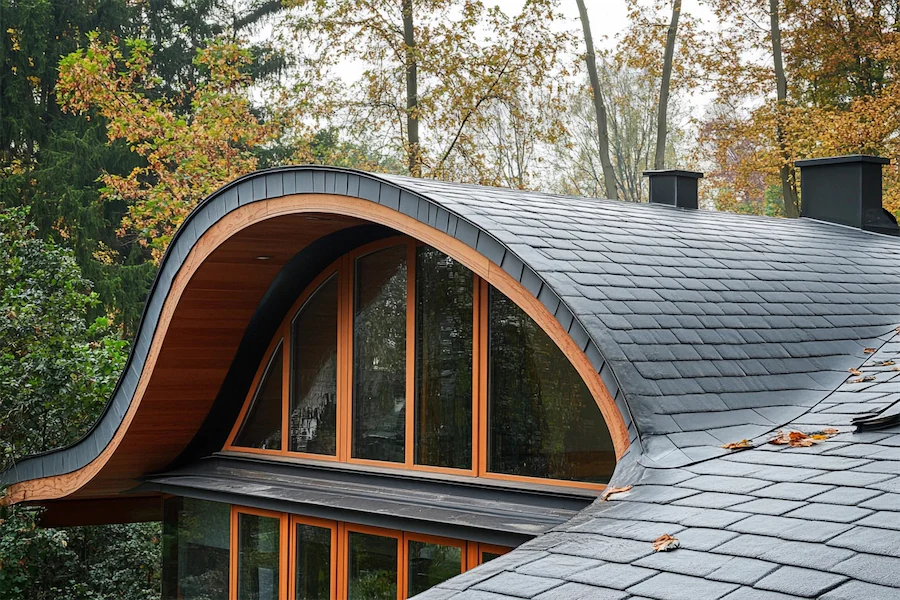Fiberglass roofing encompasses various materials, including fiberglass shingles and fiberglass-reinforced plastic (FRP) panels, each offering unique benefits for residential and commercial applications. Fiberglass shingles are a type of asphalt shingle with a fiberglass mat core, providing durability and weather resistance. FRP panels are lightweight, translucent sheets made from polyester resin reinforced with fiberglass, commonly used to allow natural light into structures.
History and Origins of Fiberglass Roofing
The development of fiberglass materials dates back to the early 20th century, with significant advancements during World War II for military applications. Post-war, fiberglass found its way into civilian uses, including boat building and automotive industries. The roofing industry adopted fiberglass technology to enhance the durability and performance of traditional roofing materials, leading to the development of fiberglass shingles and panels.
Key Features of Fiberglass Roofing
- Durability: Fiberglass shingles can last between 25 to 50 years, depending on maintenance and climate conditions. FRP panels are also known for their strength and resistance to harsh weather conditions.
- Lightweight: Both fiberglass shingles and FRP panels are lighter than many traditional roofing materials, making them easier to handle and install.
- Fire Resistance: Fiberglass shingles offer better fire resistance compared to organic-mat asphalt shingles, often achieving a Class A fire rating.
- Energy Efficiency: Fiberglass materials can help in reducing energy costs. For instance, FRP panels allow natural light to penetrate, decreasing the need for artificial lighting.
Applications of Fiberglass Roofing
- Residential Roofing: Fiberglass shingles are widely used in residential roofing due to their aesthetic appeal and longevity.
- Commercial and Industrial Structures: FRP panels are utilized in warehouses, factories, and agricultural buildings to provide natural lighting and reduce energy consumption.
- Greenhouses and Sheds: The translucency of FRP panels makes them ideal for structures requiring ample natural light.
Considerations When Choosing Fiberglass Roofing
- Climate Suitability: Fiberglass shingles perform well in various climates but may be less durable in extremely cold regions.
- Maintenance: Regular inspections and maintenance can extend the lifespan of fiberglass roofing materials. For example, cleaning FRP panels helps maintain their translucency and appearance.
- Cost: While fiberglass shingles are generally affordable, costs can vary based on quality and design. FRP panels are also cost-effective, typically ranging from $2.00 to $3.00 per square foot.
Conclusion
Fiberglass roofing offers a versatile and durable solution for various building needs. Its unique properties, such as durability, lightweight, and energy efficiency, make it a popular choice among homeowners and builders. However, it’s essential to consider factors like climate suitability, maintenance requirements, and costs to determine if fiberglass roofing is the right fit for your specific project.
